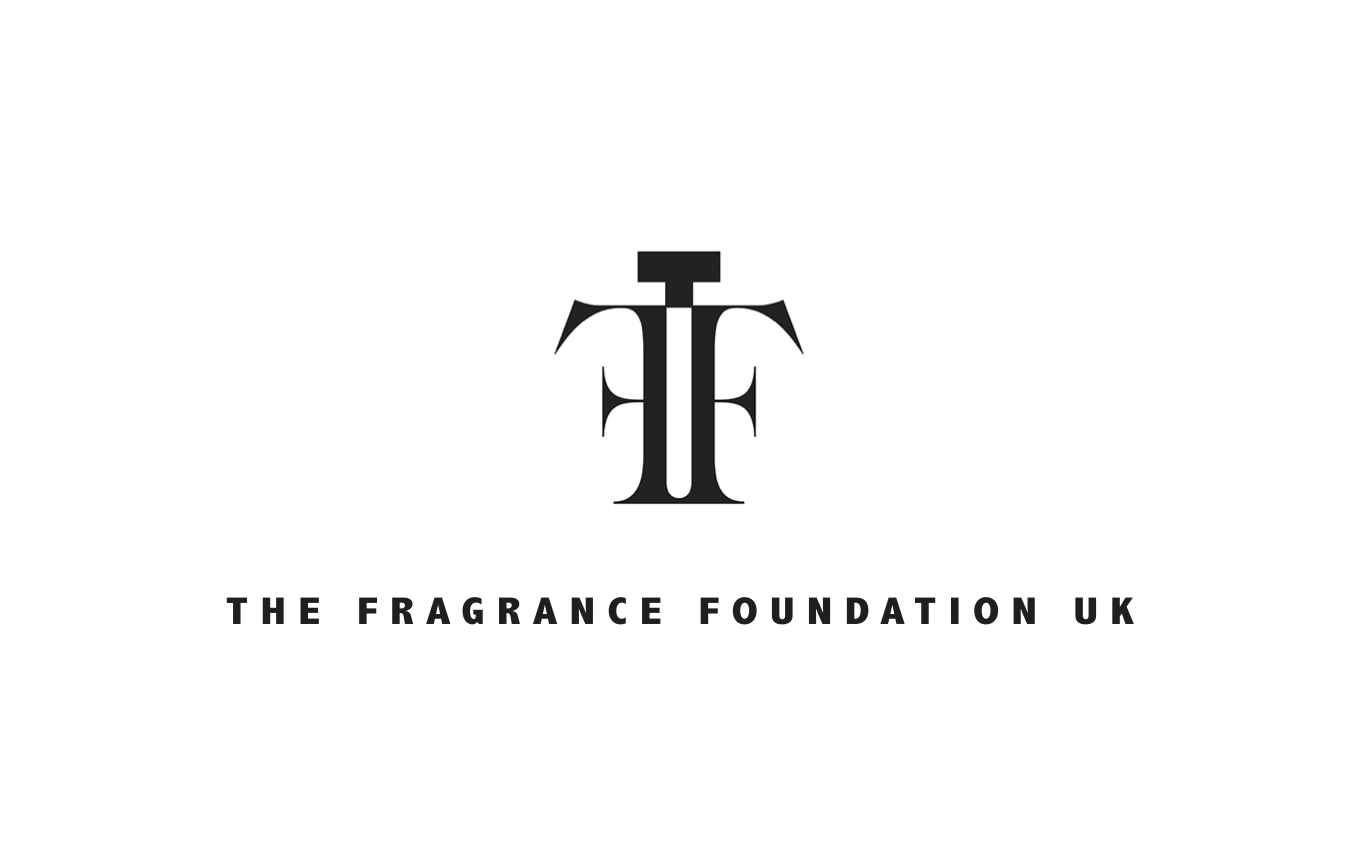New Olfactive Frontiers
Fragrance has often served as a muse and medium in the arts. Today, a surge in consumer demand for novel scent experiences is creating new unique markets.
In the UK, Mabelle O'Rama, a young multi-disciplinary artist, leads the charge in elevating olfactive artwork. Join us as we uncover the intricacies of her approach to this aromatic form of artistic expression!
As a perfumer pioneering olfactive art in the current UK and international market, can you tell us more about your journey into multi-sensory painting and how olfaction came into play with your art?
My journey into olfactive art was a natural progression from my initial training as a perfumer.
I found myself intrigued by the challenge of storytelling through scent in a more permanent and artistic form and beyond the boundaries of wearability. I set myself to try it and after multiple experiments, I discovered wax as the perfect material to hold and gently diffuse scent over the years.
How do you envision this interplay of visual art and fragrance contributing to the overall experience for your audience?
I envision my art as a sensory bridge, where the fragrance beckons a deeper exploration, and the visual components solidify the memory or emotion being conveyed. It's an experience that goes beyond mere observation, inviting viewers into a space where they can engage with art on a more personal and intimate level.
Can you share some insights into your creative process, and what role does olfaction play in influencing your artistic direction?
The creative process begins with capturing an idea or memory, leading to a scent that embodies this concept. After numerous trials of scent design and wax testing to ensure correct diffusion, I then focus on the visual elements crafting an abstract piece representing the emotions and energy of the scent. Olfaction is not just an influence; it is the core around which the entire artistic narrative is woven.
What types of consumers and clientele does olfactive art primarily attract?
My clientele is diverse, spanning different styles, requests, and locations: this includes an expat couple looking to encapsulate the essence of a springtime stroll in an English park, a young professional who finds solace in the soothing aromas reminiscent of a forest sauna, and a family longing to capture the breezy tranquillity of the Mediterranean coast. What unites these art collectors from various continents is their appreciation of scent and its power to evoke memories.
Consumers are increasingly seeking innovative and unique fragrance experiences. What role does personalisation play in your work?
Personalisation is a cornerstone of my work. It allows the art to resonate on a deeply personal level, making it more than just an object of admiration but a repository of intimate memories and experiences. Roughly half of my work involves commissions to design pieces that tell personal stories for my clients.
In addition to this surge of unique sensory experiences, the hospitality industry is one of the main clients for home fragrances and innovative ways to scent spaces. Is hospitality a sector you're keeping an eye on, and if so, how do you envision your work and approach to olfactive art contributing to hospitality experiences?
The hospitality sector is a fascinating avenue for olfactive art as they tend to use both visual art and home fragrance in their spaces. I see my work contributing by enhancing the ambiance of a space, making it memorable and distinctive. Just as a signature scent can define a brand, olfactive art can become a hallmark of hospitality experiences.
It’s definitely something I am keeping an eye on, and have had interest from art curators about it. Watch this space!
How should collectors maintain and care for acquired olfactive art?
The key to maintaining olfactive art is to keep it away from direct sunlight and avoid placing it directly above heaters. Luckily you do not need to scratch to sniff as the scent is mixed in with the wax while it’s liquid so it will be preserved within the wax while diffusing the scent in your space.
How does olfactive art enhance the creation of communities of consumers and enthusiasts, both virtual and physical spaces?
Olfactive art has the unique ability to be experienced in groups and in collective spaces, fostering a sense of community and evoking a shared memory. It transcends the traditional art-viewing experience, fostering a communal appreciation for the nuances of scent and its emotional connections.
With the increasing focus on multisensory experiences in art and design, how do you see the field of olfactive art evolving in the coming years, and what role do you aim to play in shaping this market?
As multisensory experiences become increasingly sought after, I see olfactive art gaining prominence, with the potential to become integrated into a variety of interactive and immersive experiences.
I aspire for olfactive art to be valued beyond its cosmetic and aesthetic appeal, recognised as a profound art form that enables more artists around the world to express their stories through the evocative power of scent.
This evolution is already underway, with new spaces like the Olfactory Art Keller in New York dedicated to the medium.
In this emerging field, my role is to serve as an ambassador for olfactive art, continually innovating, exploring the limitless possibilities of scent, and steering this art form into new and exciting territories.


